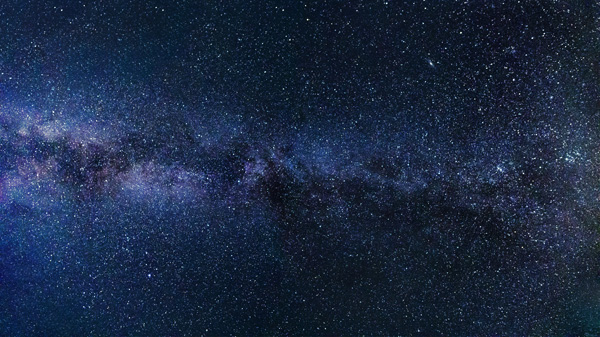Scientists discover potentially habitable planet Gliese 12 b

[Milky Way | Photo Credit to Pexels]
Two teams of scientists, part of the Astrophysical Journal Letters and the Monthly Notices of the Royal Astronomical Society, have found a potentially habitable planet.
This planet, called Gliese 12 b, is smaller than Earth but larger than Venus and orbits a small star 40 light-years away.
Shishir Dholakia, a PhD candidate and member of the international team that published the discovery in the Monthly Notices of the Royal Astronomical Society, described the moment as a “Eureka moment.”
Gliese 12 b orbits a red dwarf star that is about 27% the size of the Sun and 60% of its temperature.
The distance separating Gliese 12 b and its star is only about 7% of the distance between the Earth and the Sun.
Thus, the planet receives about 1.6 times more energy from its star compared to Earth.
Moreover, it would take about 225,000 years to reach Gliese 12 b, even with the fastest spacecraft that currently exists.
The scientists used data from NASA’s Transiting Exoplanet Survey Satellite (TESS), a telescope that tracks changes in the brightness of stars.
In the Milky Way, around 60% to 70% of the stars are red dwarfs similar to Gliese 12.
Officially known as K-type or M-type stars, red dwarfs have between 7.5% and 60% of the mass of the sun.
The low mass means that these stars burn at a relatively lower temperature, reaching only 6,380 degrees Fahrenheit compared to the 9,900-degree Fahrenheit temperature of the Sun.
Additionally, while the Sun is expected to live for about 10 billion years, red dwarfs are predicted to have lifetimes tens or even hundreds of times longer.
Since its star is smaller than the Sun, Gliese 12b is within the ideal habitable zone, also referred to as the “Goldilocks Zone.”
The Goldilocks zone is the region around a star that is neither too hot nor too cold for planets to host liquid water.
Nevertheless, scientists are not yet certain if there is water on Gliese 12 b.
However, the estimated surface temperature is 107 degrees Fahrenheit (42 degrees celsius), which is warmer than Earth’s mean temperature of 59 degrees Fahrenheit but relatively cooler than previous discoveries of exoplanets.
Yet, there are still many future examinations to be conducted, as scientists are unsure exactly what constitutes the planet’s atmosphere, or whether an atmosphere exists at all.
One important factor in retaining an atmosphere is the storminess of its star.
Due to red dwarfs' tendency to be magnetically active, they often result in frequent and powerful X-ray flares.
For further analysis, scientists are hoping to use the James Webb Space Telescope, which involves capturing starlight that shines through an exoplanet’s atmosphere and determining which wavelengths are absorbed by certain molecules - a method called spectroscopy analysis.
During the transit, the host star’s light passes through any atmosphere, and different gas molecules absorb different colors, providing a set of chemical signatures that will be detected by the James Webb Space Telescope.
The analysis could potentially shed light on the solar system as well.
For example, Gliese 12 b is part of a small but significant group of temperate Earth-sized exoplanets close enough for detailed atmospheric studies.
Further examination will offer valuable opportunities to understand the diversity of planetary atmospheres and their contributing factors to habitability.
In addition, even if it is determined that Gliese 12 b is not conducive to Earth-like life, researchers will be better able to recognize exoplanets with similar conditions to those of Earth, and the studies will enhance understanding of how a planet’s internal structure is influenced by its star’s composition.

- Jooha Roh / Grade 9
- Korea International School

![THE HERALD STUDENT REPORTERS [US]](/assets/images/logo_student_us.png)
![THE HERALD STUDENT REPORTERS [Canada]](/assets/images/logo_student_ca.png)
